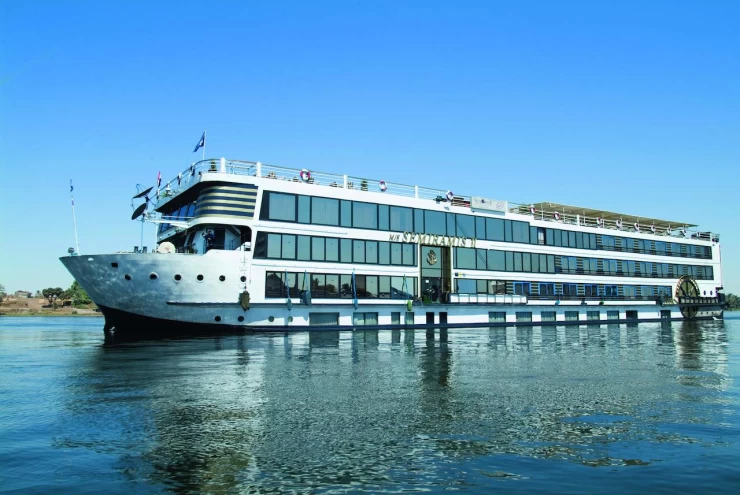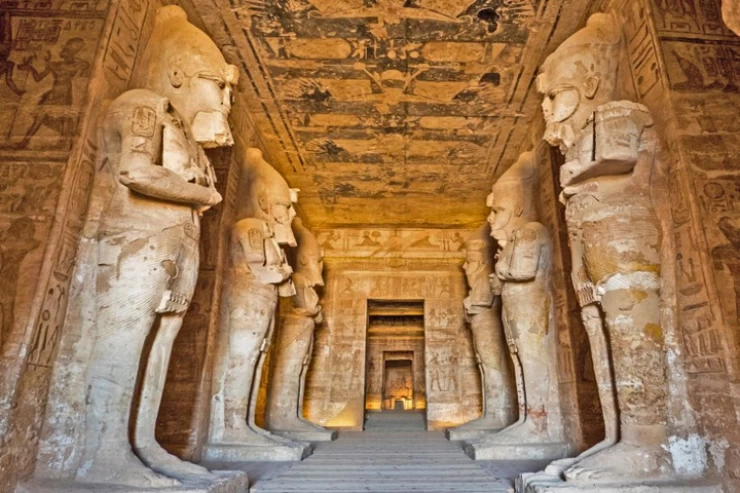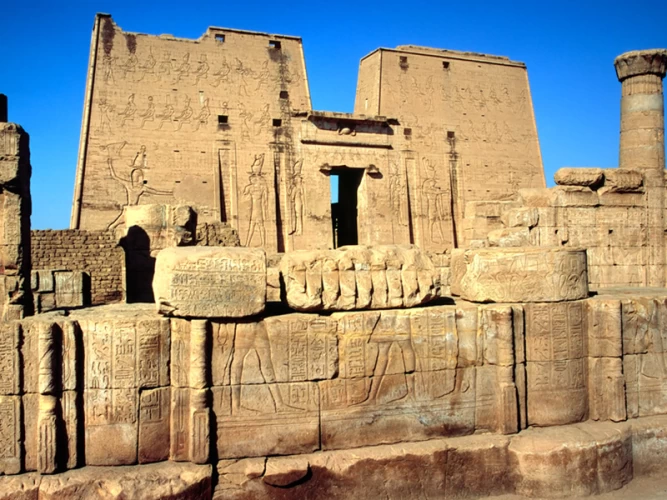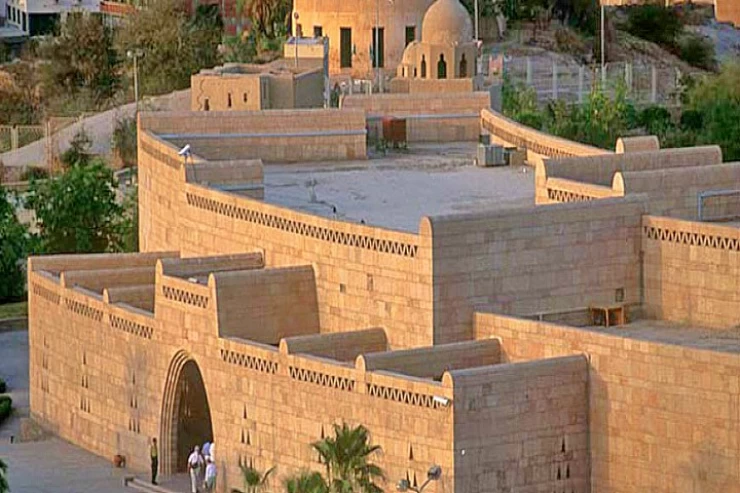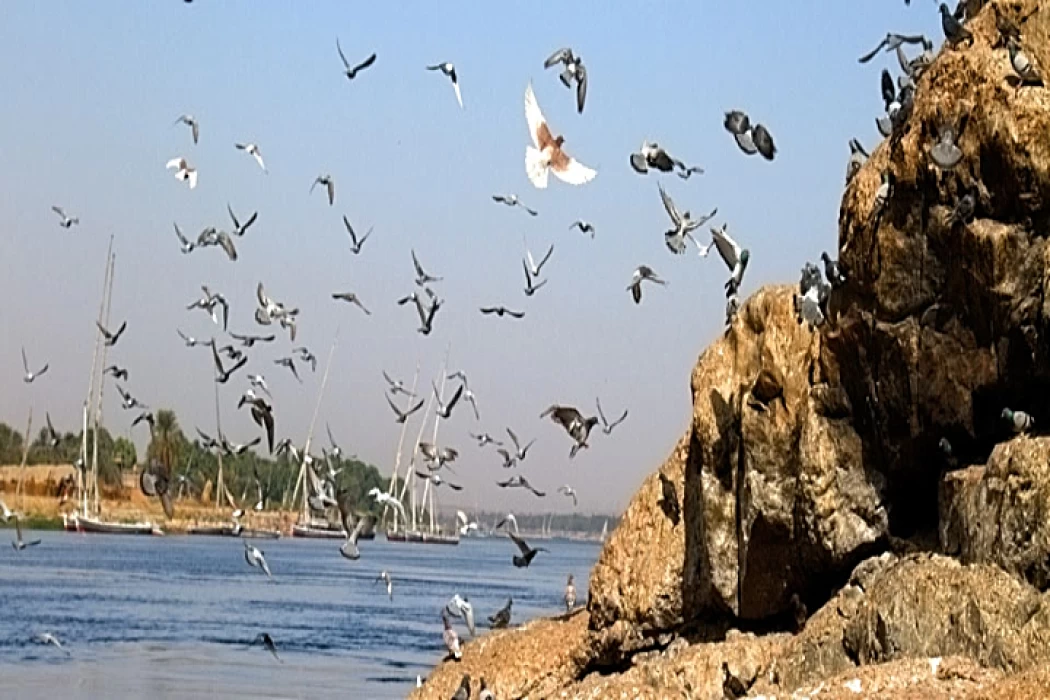
Explore Aswan Tourism
Aswan is known for its sunny weather and ancient archaeological sites; Aswan has become a very attractive destination for travelers looking for a unique experience from around the world. Cairo Tours is offering you in this article a comprehensive travel guide that covers all the details you need to know to plan your trip to Aswan. If you are searching for a cultural trip, Aswan will allow you to visit great temples from the ancient Egyptian Civilization, in addition to if you are searching for inner peace, Aswan will allow you to experience both through Egypt Classic Tours to discover these hidden gems.
Discover the best attractions and hidden gems in Aswan:
Philae Temple
It is located on an island in the middle of the Nile River, Philae Temple is one of the most famous and beautiful temples in Egypt. Philae temple was dedicated to the goddess Isis, and it dates back to the Ptolemaic era. Some of the most impressive features of the temple are Trajan’s Kiosk, beautifully preserved hieroglyphs, and the Temple of Hathor. A visit to Philae Temple offers a fascinating glimpse during Aswan Day Tours into Egypt's History.
Nubian Museum
It highlights the traditional musical instruments, Nubian clothes, art, and ancient pottery, and exhibits Nubian migrations in the 20th century that changed the face of the region.
Unfinished Obelisk
It is one of the monuments that dates back to ancient Egyptian history and the era of the pharaohs, and it is one of the stunning constructions for the pharaonic engineers. Through your tours within Egypt Easter Tours, you will discover that the obelisk is constructed by order from Queen Hatshepsut and it is one of the tallest obelisks in the world. The reason for not finishing is the crack in it.
Kom-Ombo Temple
Kom-Ombo temples are one of the most famous temples in Aswan and Egypt that you can visit through your tours while being on one of the best Egypt Nile Cruise Tours between Aswan and Luxor. It is located on the easter bank of the Nile River, Its building process was during the Ptolemaic era and it is dedicated to the two gods Sobek and Hours
Aswan High Dam
The Aswan High Dam is an engineering marvel that has helped transform Egypt’s infrastructure and agriculture. This massive dam contains 18 times the amount of material used in the Great Pyramid of Giza, the aim of constructing it is protecting Egypt from the flood of the Nile River. Visitors can tour the facilities and also visit the monument overlooking the dam, which offers excellent views. It provides insight into Egypt’s modern history.
Aswan Botanical Garden
This magnificent 25-acre botanical garden on Kitchener Island is home to over 400 species of plants from all over the world. It offers a peaceful respite from the hustle and bustle of the city. Wander through palm groves, gaze at water lilies, and enjoy watching the many birds that call it home. Don’t miss this natural oasis during Egypt Easter Tours vacation.
The Aga Khan Mausoleum
The Aga Khan Mausoleum is a hidden gem located on the west bank of the Nile opposite Aswan. It is the burial place of Sir Sultan Mahomed Shah Aga Khan. The mausoleum combines elements of Fatimid architecture with modern styles and is set in a beautiful garden. It is a peaceful and spiritual place to visit.
The Monastery of Saint Semaan
The Monastery of Saint Semaan is another hidden gem located in Aswan. The monastery is dedicated to the 3rd-century saint St. Simeon, it has a magnificent basilica and two ancient pyramids in the Nubian style. It has a great view of the tomb of the nobles. A visit to this lesser-known monastery allows you to explore the history and culture of early Christian Egypt.
Be ready with Cairo Top Tours high-quality service to explore all the beautiful sights in Aswan during the best Egypt Christmas Tours and be accompanied by professional Egyptologists to discover the secrets of the Egyptian civilization.
Aswan is the land of gold, the land of good people. On its land, there are many different civilizations and cultures, and its warm, stable weather is unparalleled in the winter. With all these elements and others, Aswan has become a tourist destination that attracts the attention of the world.
Enjoy a wonderful vacation in the far south of Egypt, where these places vary between cultural, historical, and recreational.
Aswan is one of the beautiful and peaceful destinations in Egypt and lies farthest in the south of the country on the River Nile. With dramatic scenic beauty, ancient history, and an actively living Nubian culture, it is the kind of retreat no traveler ever forgets.
History
Pharaonic Egypt
The importance of this region emerged during the Old Kingdom, securing the southern border. It served as a center for armies when the kings of the Middle Kingdom attempted to extend their power southward. It was particularly important in the Egyptian war to drive out the Hyksos.
Ptolemaic Egypt
During the Ptolemaic era, the island of Philae—the seat of worship of the goddess Isis—received much attention, and they completed its great temple.
Roman Egypt
During the Roman era, temples were built in the ancient Egyptian style to attract the Egyptians. Emperor Trajan built a small temple on Philae Island.
With the spread of Christianity, it became the official religion in the fifth century AD, and Egyptian temples were transformed into churches.
The Islamic Era
Islam then spread from its inception; evidence written in Kufic script dating back to the early first century AH has been found.
Aswan flourished during the Islamic era, becoming a route to Azab on the Red Sea coast in the 10th century AD, from where ships sailed to the Hijaz, Yemen, and India.
During the sixth and seventh centuries AH, it was a significant cultural hub with three schools, the oldest of which were the Aswan School, Saifiya School, and Najmiya School in Aswan.
Modern Era
Muhammad Ali established the first military school in Egypt there in 1837.
Aswan is a gateway to the most famous historical sites of Egypt. Among its prime sites is the Philae Temple, which honored goddess Isis. The temple rests on an island with the Nile in the background. However, the historical value of the temple pales in front of its scenic beauty. The glory of the temple and its legends are rekindled during the Sound and Light Show at nightfall.
The Unfinished Obelisk, another interesting site, gives credit to the awe-inspiring stone craftsmanship of the ancient Egyptians. To the north lies the Temple of Kom Ombo, a unique temple dedicated to the two gods, Sobek and Horus. Abu Simbel's stunning temples are a must-have for any visit to Aswan. These colossal monuments carved right into the mountains speak for the architectural genius of Ramesses II and stand as a testament to his reign.
In the charming south, the river differs in form and subject from its nature in any other governorate in terms of purity and color, which, along with the color of the sky, form an artistic painting created by the Creator. Therefore, the Nile in the south forces you to visit it more than once.
The Nile takes on a peaceful beauty in Aswan. A ride on a felucca on its calm waters is one of the most suitable means of taking in the natural beauty of the location, especially when the sun sets into the riverbanks.
There are contemporary marvels that add to Aswan's beauty. The Aswan High Dam is an engineering marvel that not only controls the Nile waters but also created Lake Nasser, one of the world's largest artificial lakes. You can visit lesser-known gems from here like the Kalabsha Temple, hidden by the lake shores.
In Nubia, you'll find all the comforts, tranquility, and clear weather, making it an unparalleled eco-tourism destination in the far south of Egypt. As you set foot in Nubia and its villages, you'll find Nubian houses designed in the shape of domes, in cheerful colors, overlooking the Nile... You'll find women wearing the traditional Nubian gergar, and the markets are filled with handcrafted products and eco-friendly items, just as their fathers and grandfathers did.
Some of the murals tell the story of the amazing generosity and hospitality of the Nubian people, and their refined treatment of foreigners visiting their country. Enjoy the picturesque environment in the villages overlooking the Nile River, and spend a pleasant time surrounded by pure and attractive nature, generous hospitality, and the preparation of distinctive drinks and foods unique to the Nubian people, inherited from their fathers and grandfathers.
Aswan is Nubia's cultural capital, a city that is steeped in history and tradition. You should go to a Nubian village, where you can feel the hospitality of the people, the colorfulness of their houses, and their rich heritage. Taste traditional Nubian food, hear their distinct music, and see handmade handicrafts that narrate their history. It's something that stays with you.
One of Aswan's oldest marketplaces, the old tourist market is becoming more well-known and respected over time.
It's the biggest, busiest, and most dynamic commercial market. Aswan is full of tourist and natural attractions and tourist attractions, most notably the Tourist Market Street, which includes a large number of bazaars and markets specialized in selling gifts and souvenirs that carry the traditional style of the people of Aswan, in addition to handmade products such as accessories, porcelain, and clothes, as well as leather products and antiques, and selling local products such as clothes, handicrafts, ceramic utensils, gifts and souvenirs. There are also a lot of eateries on Aswan's Tourist Market Street. This is on top of leather goods, textiles, and fragrance items.
Aswan Market is a vibrant destination where the scent of spices fills the air and the eyes are treated to local handicrafts. Explore the souk to find treasures like handcrafted jewelry, colorful Nubian fabrics, and scented hibiscus tea—a local favorite and wonderful souvenir.







